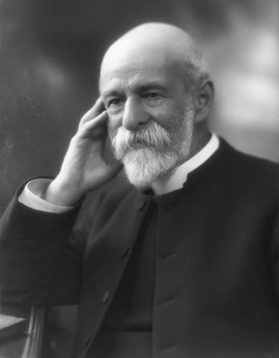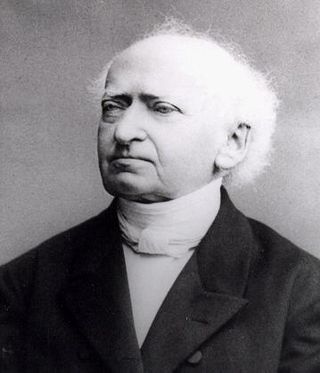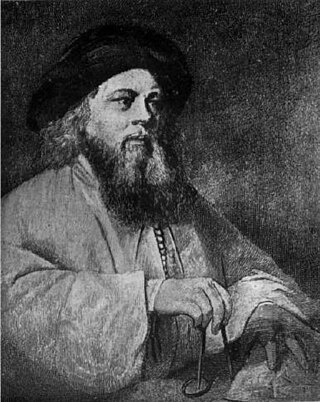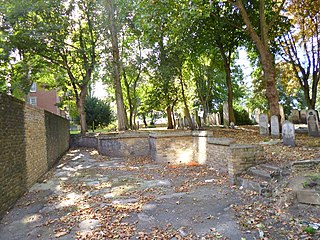Related Research Articles

Solomon Schechter was a Moldavian-born British-American rabbi, academic scholar and educator, most famous for his roles as founder and President of the United Synagogue of America, President of the Jewish Theological Seminary of America, and architect of American Conservative Judaism.

An elegy is a poem of serious reflection, and in English literature usually a lament for the dead. However, according to The Oxford Handbook of the Elegy, "for all of its pervasiveness ... the 'elegy' remains remarkably ill defined: sometimes used as a catch-all to denominate texts of a somber or pessimistic tone, sometimes as a marker for textual monumentalizing, and sometimes strictly as a sign of a lament for the dead".

Cochin Jews are the oldest group of Jews in India, with roots that are claimed to date back to the time of King Solomon. The Cochin Jews settled in the Kingdom of Cochin in South India, now part of the state of Kerala. As early as the 12th century, mention is made of the Jews in southern India by Benjamin of Tudela. They are known to have developed Judeo-Malayalam, a dialect of Malayalam language.
Hurwitz is one of the variants of a surname of Ashkenazi Jewish origin . Notable people with the surname include:
Siegbert Salomon Prawer was Taylor Professor of the German Language and Literature at the University of Oxford.

Samuel Davidson was an Irish biblical scholar.

Nathan Marcus HaKohen Adler was the Orthodox Chief Rabbi of the British Empire from 1845 until his death.
Abraham ben Abraham, also known as Count Valentine Potocki, was a purported Polish nobleman (szlachta) of the Potocki family who converted to Judaism and was burned at the stake by the Roman Catholic Church because he had renounced Catholicism and had become an observant Jew. According to Jewish oral traditions, he was known to the revered Talmudic sage, the Vilna Gaon, and his ashes were interred in the relocated grave of the Vilna Gaon in Vilna's new Jewish cemetery.

Sir Hermann Gollancz was a British rabbi and Hebrew scholar. Gollancz was the first Jew to earn a doctor of literature degree from London University and the first holder of the degree to be ordained as a rabbi. He was also the first British rabbi to be granted a knighthood, when he was knighted in 1923.

Franz Delitzsch was a German Lutheran theologian and Hebraist. Delitzsch wrote many commentaries on books of the Bible, Jewish antiquities, Biblical psychology, as well as a history of Jewish poetry, and works of Christian apologetics. Today, Delitzsch is best known for his translation of the New Testament into Hebrew (1877), and his series of commentaries on the Old Testament published with Carl Friedrich Keil.

Samuel Joseph Fuenn, also known as Rashi Fuenn and Rashif (רשי״ף), was a Lithuanian Hebrew writer, scholar, printer, and editor. He was a leading figure of the eastern European Haskalah, and an early member of Ḥovevei Zion.

Sabato Morais was an Italian-American rabbi of Portuguese descent, leader of Mikveh Israel Synagogue in Philadelphia, pioneer of Italian Jewish Studies in America, and founder of the Jewish Theological Seminary, which initially acted as a center of education for Orthodox Rabbis.
Anna Maria Goldsmid, benefactor and translator, was the eldest child of Isaac Lyon Goldsmid and the sister of Sir Francis Henry Goldsmid.

Hayyim Samuel Jacob Falk, also known as the Baal Shem of London and Doctor Falckon, was a rabbi, a Baal Shem, a kabbalist and alchemist.

Joseph Henry Green was an English surgeon who became the literary executor of Samuel Taylor Coleridge.
Reverend Alexander McCaul was an Irish Hebraist and missionary to the Jews.
Beth Shalom Synagogue is a Conservative synagogue located at 11916 Jasper Avenue in the Oliver neighbourhood in Edmonton, Alberta, Canada. Founded in 1932, it is the city's second oldest synagogue.

Louis Loewe was a Silesian linguist. He served as principal and director of Judith Theological College for twenty years; he was a member of the Royal Asiatic Society, Numismatic Society and of the Asiatic Society of Paris.

The Brady Street Cemetery is a historic Jewish cemetery on Brady Street in Whitechapel in the East End of London, E1. The cemetery opened in 1761 as the burial ground for the New Synagogue and was subsequently used by the Great Synagogue. It was closed to further burials from 1857. Several notable people are buried there.

Eli Tsiyon ve-Areha is an acrostic Zionide of anonymous authorship, lamenting the destruction of Jerusalem and the Temple. It closes the series of kinnot chanted on the morning of Tisha B'Av by Ashkenazi communities.
References
- 1 2 3 Whalley, George, ed. (1984). The Collected Works of Samuel Taylor Coleridge: Marginalia. London: Routledge & Kegan Paul Ltd. pp. 1188–1189. ISBN 0-7100-0250-5 . Retrieved 27 April 2011.
- ↑ Husband, William (1891). . In Lee, Sidney (ed.). Dictionary of National Biography . Vol. 28. London: Smith, Elder & Co.
source: [Private information; Voice of Jacob, iii. 196 (22 Aug. 1844); Brit. Mus. Cat.]
- ↑ "Brady Street Cemetery". United Synagogue . Retrieved 29 June 2017.